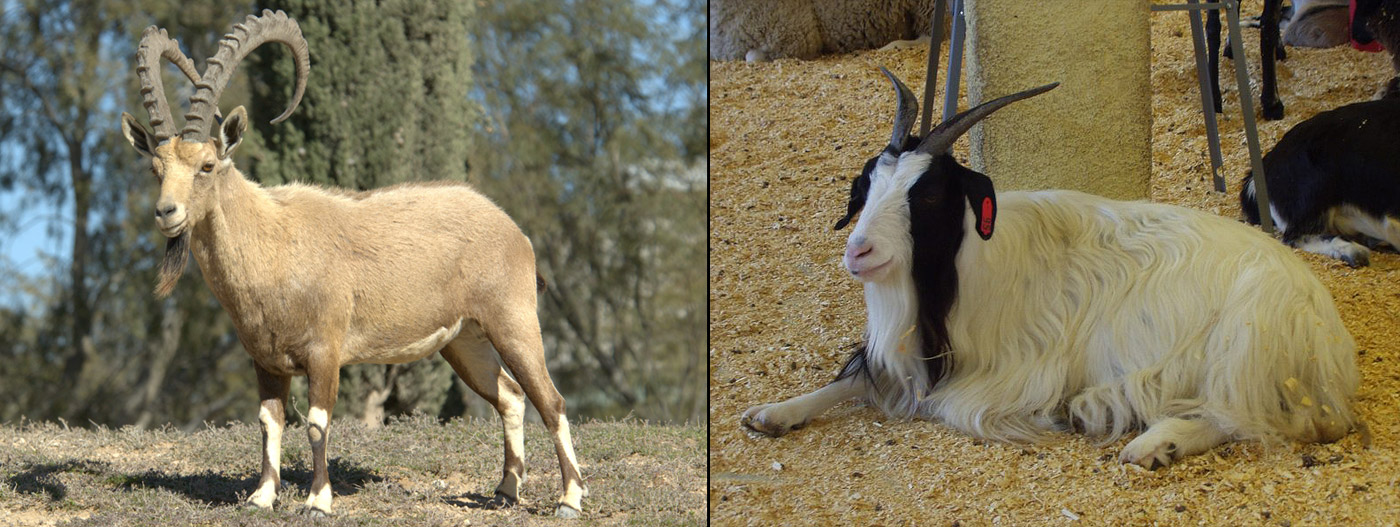5. pastoralism
Pastoralism is the word used to describe the practice of herding as the dominant economic enterprise of a society. The history of pastoralism stretches back to almost 12,000 years ago, when the Ice Age began to come to an end. As the ice retreated, the grasslands that were the homes to large beasts, such as mammoths, became warmer and wetter. These conditions were ideal for the forests to spread, endangering and eventually extinguishing the game that used to live there. As a result, people began looking for new reliable sources of food. Some began to keep herds of wild animals in pens until needed. This marked the domestication of animals, which would soon give rise to pastoralism.

A common misconception is that animals were only domesticated for food. While that may have been the initial reason, they were also useful when it came to transportation, and were often used as beasts of burden. In addition, the domestication of cattle might have been "motivated by religious sentiments" as opposed to the need for food or clothing. The first domesticated animal is thought to be the goat, with sheep and pigs coming into the picture soon after. The numerous effects of pastoralism changed both species involved. The goat, which had very long horns, gradually acquired shorter and shorter horns due to the preferences of their shepherds, who felt threatened by the dangerous points.

A goat before and after domestication.
However, it was not so much that the man changed the goat, but the goat changed the man. The combination of pastoralism and agriculture was the key to the transformation in the human culture called the Neolithic (New Stone Age) revolution. For instance, the plow was combined with oxen to better improve the efficiency of the tool; herds of sheep or pigs were used to trample the seeds into the ground; humans began to depend on cultivated crops and domesticated animals for their livelihood. In conclusion, pastoralism was necessary for humankind's legendary leap from small villages to the beginnings of a civilization.
Works Cited
CF Manual pages 64-67
Dictionary.com. Dictionary.com. Web. 10 Jan. 2015. <http://dictionary.reference.com/browse/pastoralism>.
"Dung Fungus Provides New Evidence in Mammoth Extinction | WIRED." Wired.com. Conde Nast Digital. Web. 10 Jan. 2015. <http://www.wired.com/2009/11/pleistocene-megafauna-extinctions/>.
"Foundations." The Origins of Civilization, Gil Stein. Web. 10 Jan. 2015. <http://teachmiddleeast.lib.uchicago.edu/foundations/origins-of-civilization/image-resource-bank/image-04.html>.
Sara Lichtarge